
Where the nation‘s father spent his childhood
Plan your visit
From October to April: Monday to Friday 9.00 to 17.00, Saturday 10.00 to 17.00, on Sundays museum is closed except the last Sunday of each month (10.00 to 15.00)
The ticket office closes 30 minutes before closing time.
Ticket prices
- Adult – 4,00 €
- Concessions* – 2,00 €
Family ticket
- 1 adult and up to 4 children – 6,00 €
- 2 adults and up to 4 children – 10,00 €
Additional services
- Guided tour for a group of up to 20 people – 10,00 € (visitor tickets not included)
- Food preparation educational activities for school students – 5,00 € or 6,00 €
- Food preparation educational activities for adults – 7,00 € or 10,00 €
- Educational activities for children 4 years of age and older, as well as school students – 2,00 € or 3,00 €
- Educational activities for adults – 5 €
- Filming and taking of pictures in the farmstead at Jonas Basanavičius birthplace – 10,00 €
Expositions are free of charge for the following visitors:
pre-school children; orphans and children who have lost guardianship by their parents; people with a disability and their one accompanying person; persons from 80 years of age; employees of Lithuania’s museums; members of the International Council of Museums (ICOM); residents of children care homes and socially supported children; teachers accompanying groups of schoolchildren; Vilnius Pass card holders (valid for visiting The New Arsenal, The Old Arsenal, The House of Signatories, Gediminas Castle Tower, The Bastion of the Vilnius Defence Wall, Kazys Varnelis House-Museum, House of Histories); students of Lithuanian art schools for children and youth; students of Vilnius College of Technologies and Design; students of Balys Dvarionas decennary music school; members of the Lithuanian Association of Art Historians; members of the International Association of Art Critics; members of the Lithuanian Association of Archaeologists; guides with valid guide ID; guides accompanying groups of tourists; employees of the Cultural Heritage Department at the Ministry of Culture and its territorial branches; cadets and conscripts from General Jonas Žemaitis Military Academy of Lithuania; soldiers of the Lithuanian Grand Duke Gediminas Headquarters Battalion; members of the Lithuanian army volunteer union; employees of Lithuanian Post; journalists; Family Card holders; students of Vilnius Academy of Arts; students of the Faculty of History at Vilnius University; citizens of Ukraine; organised migrant groups; all visitors on the last Sunday of each month.
Educational activities of the National Museum of Lithuania’s expositional locations are free of charge for the following visitors:
children under 3 years of age; residents of children care homes and socially supported children; people with a disability and their one accompanying person; teachers accompanying groups of schoolchildren.
Concessions are applied upon the visitor providing valid ID that prooves right to specific concessions. This ID requirement does not apply to pre-school children and all visitors on the last Sunday of each month.
Information for disabled visitors: exhibition rooms of Jonas Šliūpas museum do not have wheelchair access.
General visitor regulations of the National Museum of Lithuania
The tours in the museum are only led by the museum tour guides or the tour guides from the institution with which the museum has concluded an appropriate agreement.
The museum is open to visitors during the regular opening hours. Please read relevant information regarding COVID-19 before visit: click here (link)
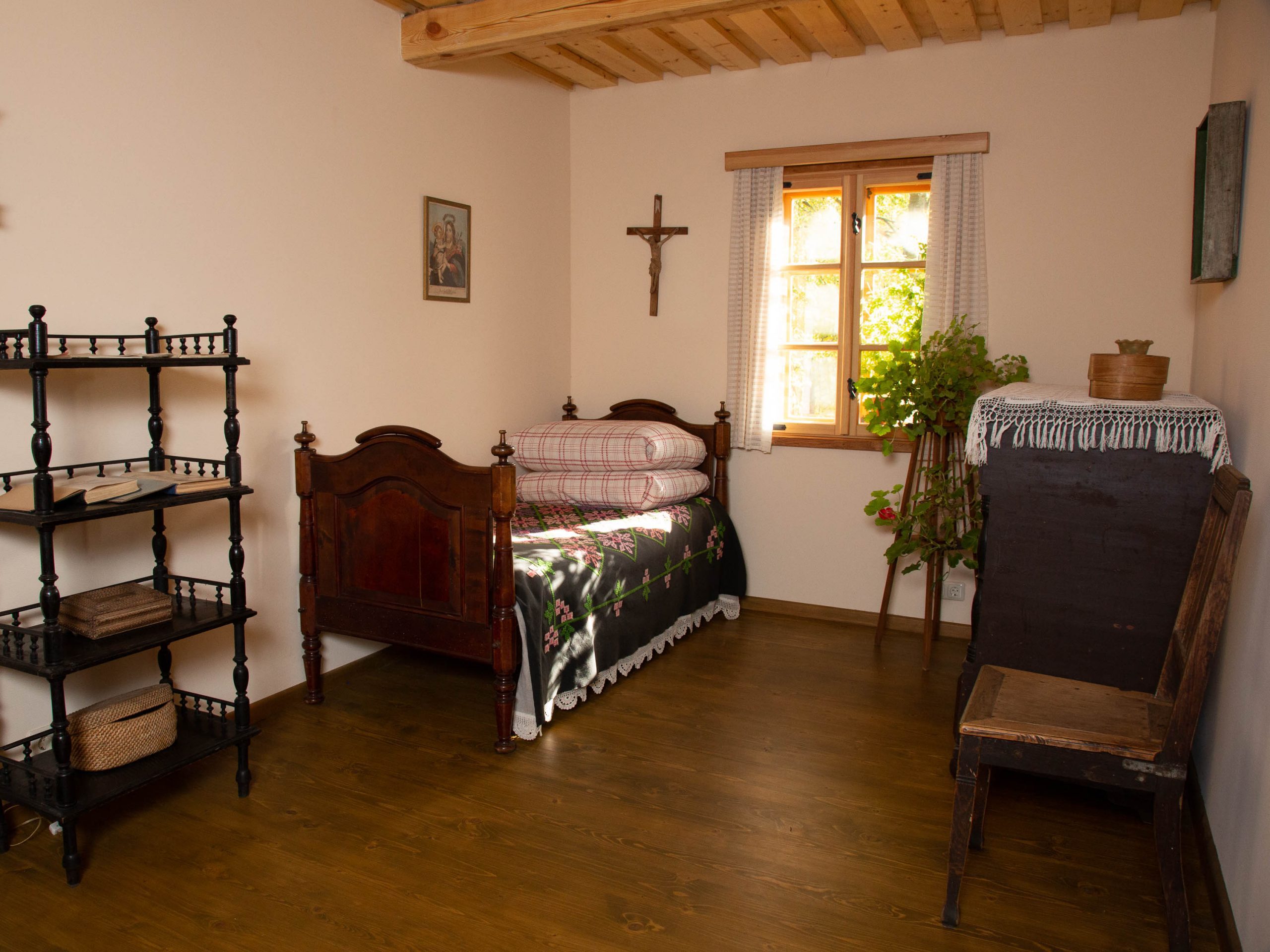

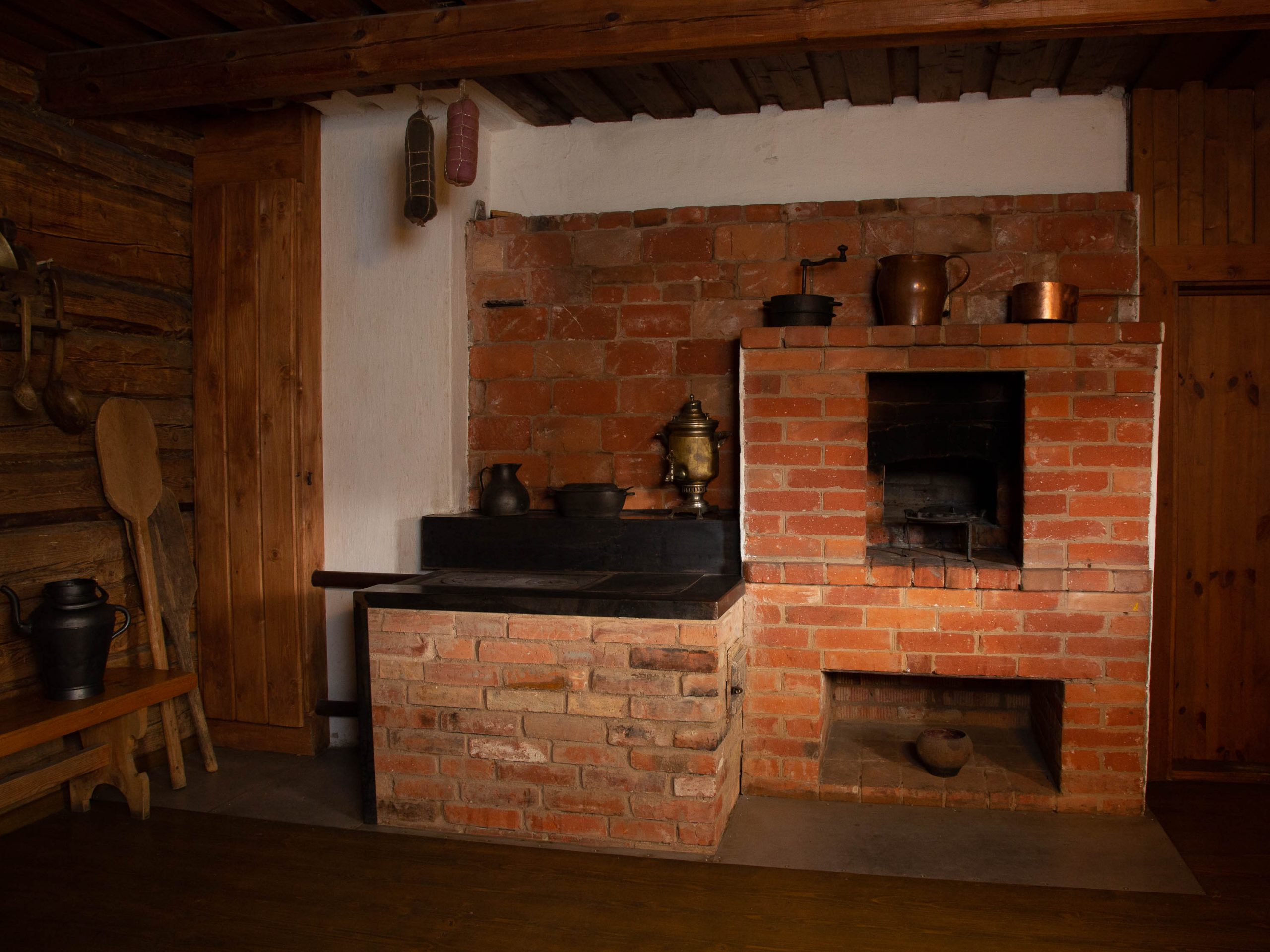
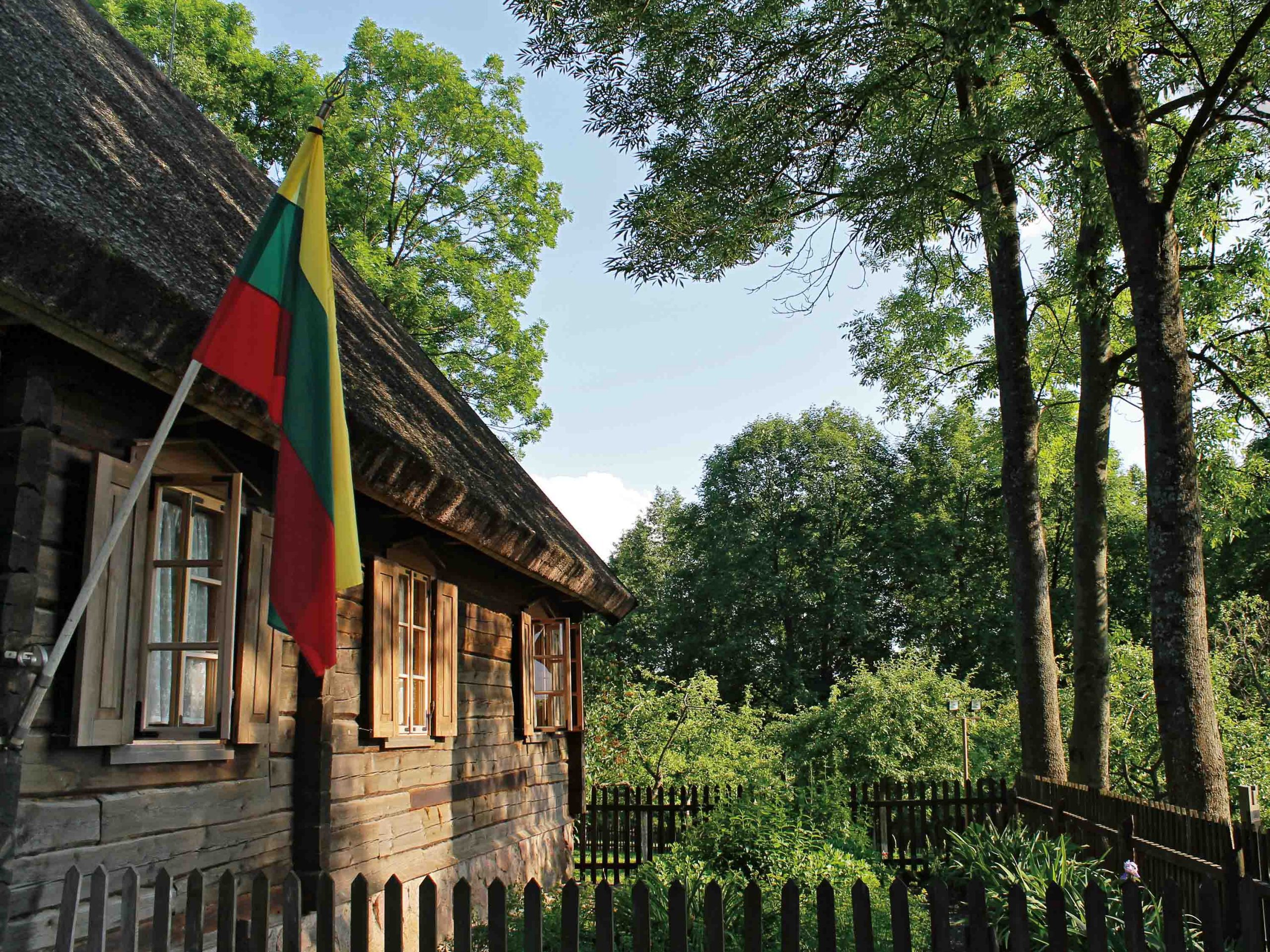
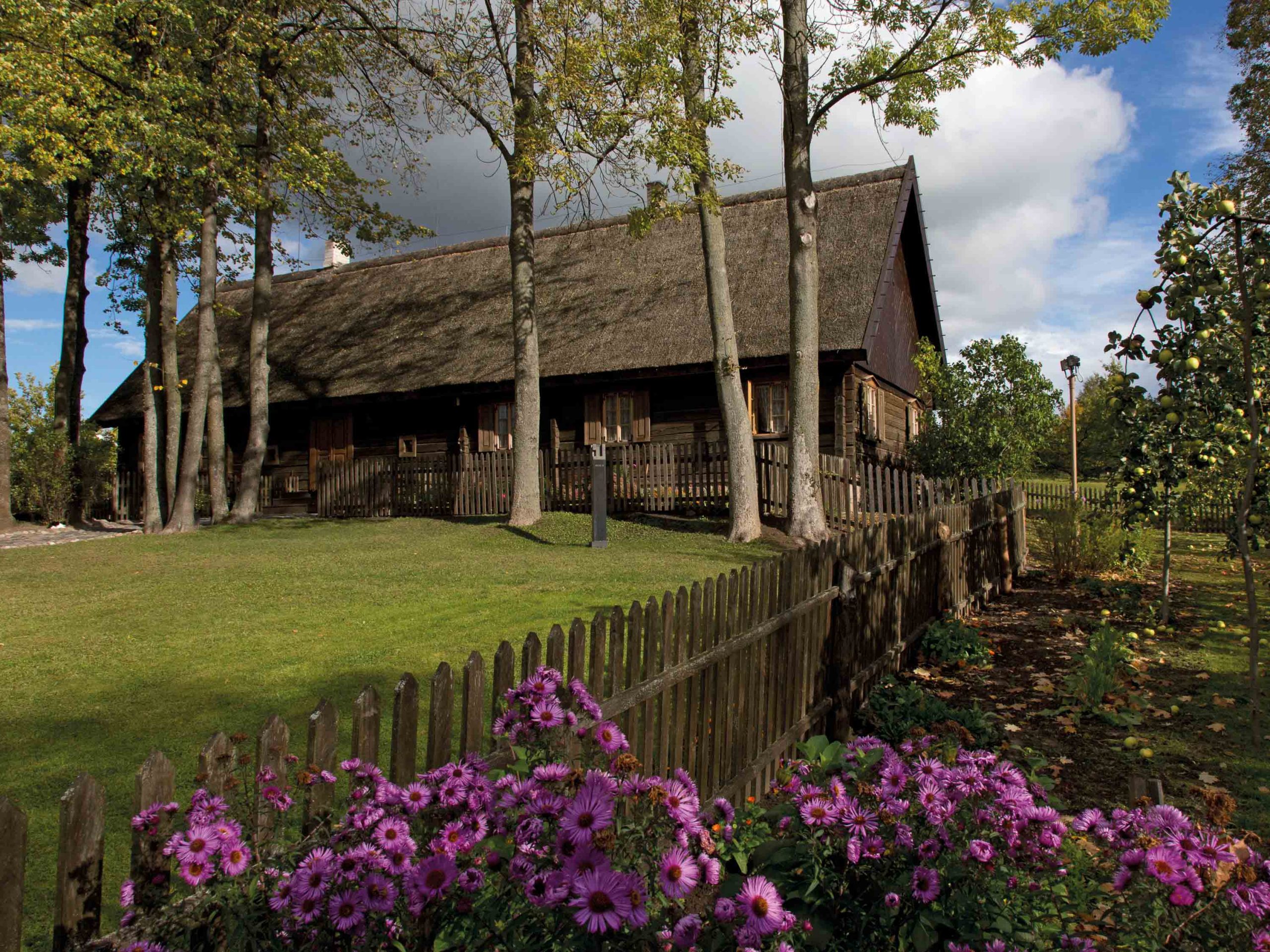
About us
Located in the village of Ožkabaliai, Vilkaviškis region, the birthplace of Jonas Basanavičius is one of only three National Museum of Lithuania branches located outside of Lithuania’s capital.
What will you see?
Basanavičius’s own publications about Lithuanian folklore and mythology; personal effects that belonged to the famous Signatory, including an ink pot, mechanical calendar, and a stamp with his initials; souvenir busts of the 18th century poet Adomas Mickevičius and the 1863 anti-Czarist rebellion leader Tadeusz Kościuszko; late 19th and early 20th century furniture and interior details typical of the Suvalkija ethno-cultural region.
What will you learn?
The visitor who comes to Jonas Basanavičius’s birthplace experiences what the homestead of a wealthy Suvalkija region farmer would have looked like in the late 19th and early 20th centuries. Including all of the living and farm buildings that were typical for this region, the site is the only fully reconstructed original country residence of a February 16th Signatory.
This is where the future Signatory, physician and public figure Jonas Basanavičius (1851–1927) grew up. The reconstructed cottage contains an exhibition of furniture, interior elements and textiles of the era, as well as some of Basanavičius’s personal objects. The two-sided granary barn introduces visitors to other household items and tools that would have been used by Suvalkija region farmers.
The animal barn and threshing floor contain various agricultural tools. During the summer months these buildings also host various museum events and amateur theatre festivals, and contain two exhibition spaces as well as a large educational room. Although the buildings are all reconstructions, the authentic well and large chestnut tree by the barn date from Basanavičius’s times.
History of the building
The home of the Basanavičius family was built in 1832 on a farm property in the southwestern cultural region of Suvalkija. That this was the home of a prosperous Suvalkija family can easily be guessed from the large yard, the two-sided cottage and the various outbuildings surrounding it.
Jonas Basanavičius (1851–1927) left his home to study while still a teenager. He would later return to the family homestead only as a guest, on weekends and holidays. Management of the property was left to Basanavičius’s younger brother Vincas, but over time its buildings burned down more than once, and then eventually disappeared. By the 1980s not a single one was left.
The idea to reconstruct the original home of Lithuania’s founding father finally came to fruition in October 1988, when journalist Rima Lipšienė published a call for volunteers in a Kaunas newspaper to help clean up the property. Two ideas emerged in that year: a group from Kaunas initiated reconstruction of the property, while another one, from Vilnius, committed to planting an oak wood next to it.
The first structures to be reconstructed were the house and the granary, with the cow barn, hay barn and pig barn following suit. Architectural plans, based on archival material, were developed by Živilė Mačionienė, and the last building was completed in 1998.
From 1991 Jonas Basanavičius’s Birthplace functions as a museum which invites visitors to learn about the everyday lives of Suvalkija farmers, the unique ethnic culture of the region, and, of course, the life and work of Jonas Basanavičius.
Oak Wood
The Basanavičius homestead is surrounded by a 40 hectare oak wood that was initially planted three decades ago to mark Lithuania’s more recent national revival. This cultural landmark consists of 14 groves, each one dedicated to important dates in the country’s history. Among the close to 7,000 oaks stand numerous commemorative trees.
Oak Wood
In 1989 a seven-member organizing group invited people from every corner of Lithuania to come help plant the Oak Wood. Over three April weekends, more than 7,000 trees were planted by approximately 3,500 volunteers. The Oak Wood was conceived as a place for historical memory and a way of enhancing the local landscape. In 1998, by a decree of the Government of Lithuania, the national rebirth Oak Wood and the Birthplace of Jonas Basanavičius were conferred cultural landmark status.
Walking through the wood, lovers of both nature and history can revel in the chance to remember Lithuania’s most important historical events and figures. The Oak Wood consists of fourteen groves and all of the named oak trees within them. Over the last three decades the Oak Wood has become a unique phenomenon that both reminds us of the country’s history and bears witness to its events with us.
The Oak Wood has expanded every year and now covers fourty hectares containing 6,676 oak trees. On the highest hill of the site, Alter Hill, lives a true descendent of the famous Stelmužė oak. And when the trees drop their acorns in the fall, museum workers from Birthplace of Jonas Basanavičius collect them to make acorn coffee, a drink that has itself been named a cultural heritage product.


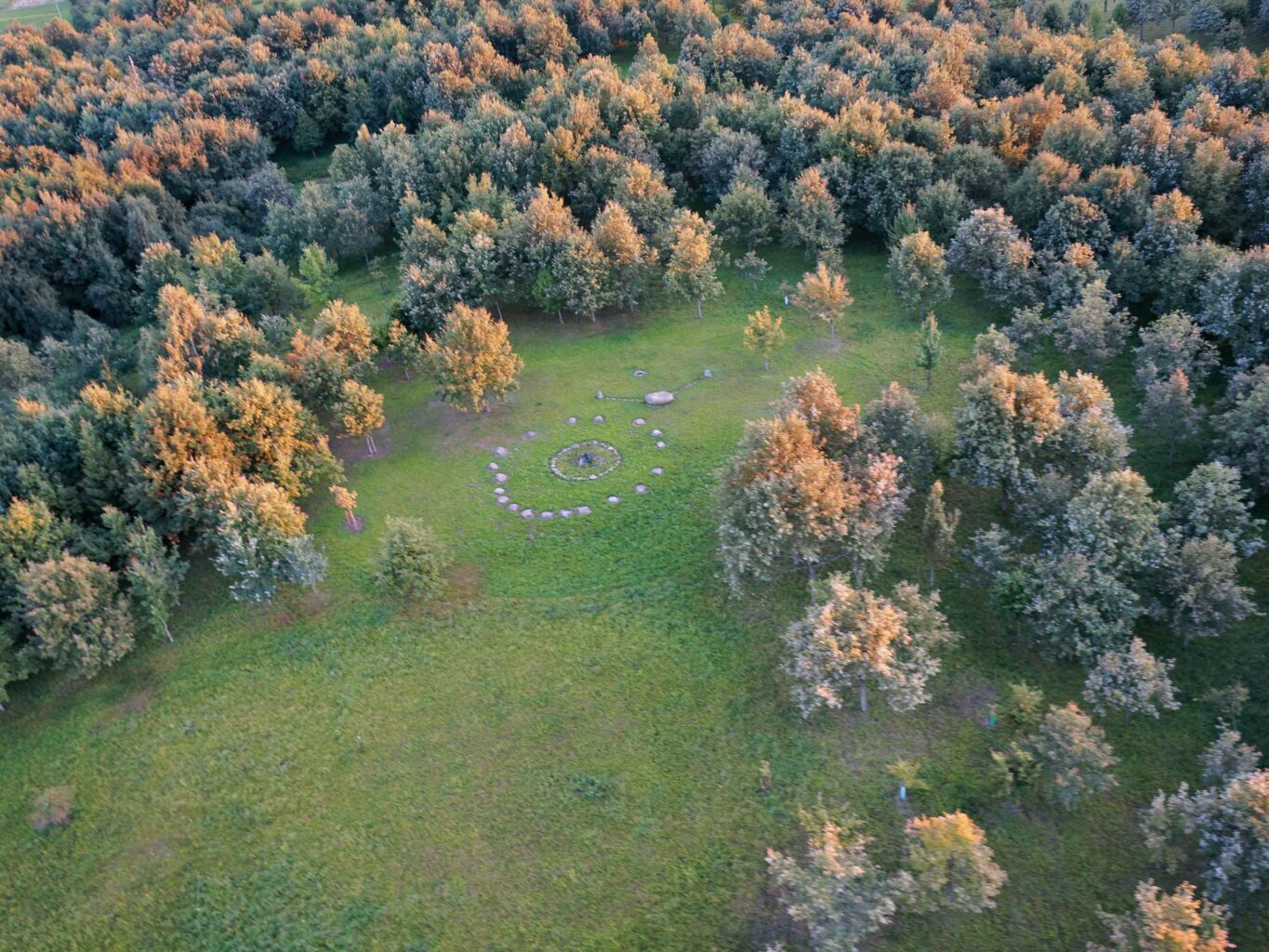
Contacts
Address
How to find us?

